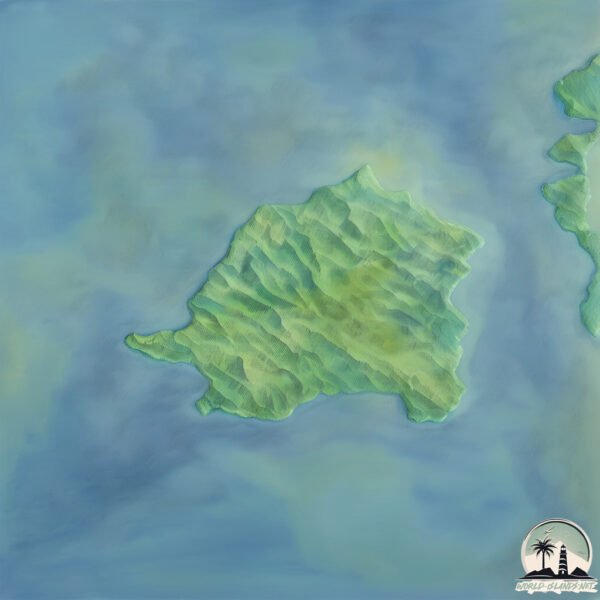Balut

Welcome to Balut, a Tropical island in the Philippine Sea, part of the majestic Pacific Ocean. This guide offers a comprehensive overview of what makes Balut unique – from its geography and climate to its population, infrastructure, and beyond. Dive into the details:
- Geography and Size: Explore the island’s size and location.
- Climate and Weather: Weather patterns and temperature.
- Topography and Nature: Uncover the natural wonders of the island.
- Infrastructure and Travelling: Insights on reaching, staying, and making the most of your visit.
- News and Headlines: Latest News.
Geography and size of Balut
Size: 54.7 km²
Coastline: 40.1 km
Ocean: Pacific Ocean
Sea: Philippine Sea
Continent: Asia
Balut is a Medium Island spanning 55 km² with a coastline of 40 km.
Archipel: Malay Archipelago – The world’s largest archipelago, located between mainland Southeast Asia and Australia, known for its immense biodiversity and cultural diversity.
Tectonic Plate: Sunda – Extends across Southeast Asia, encompassing parts of the Sunda Shelf, known for its interaction with the Australian Plate, contributing to volcanic activity in Indonesia.
The geographic heart of the island is pinpointed at these coordinates:
Latitude: 5.39977906 / Longitude: 125.3875251
Climate and weather of Balut
Climate Zone: Tropical
Climate Details: Tropical Rainforest Climate
Temperature: Hot
Climate Characteristics: This climate is typified by heavy rainfall throughout the year, high humidity, and consistently high temperatures, leading to lush rainforests and rich biodiversity. Seasonal temperature variations are minimal.
Topography and nature of Balut
Timezone: UTC+08:00
Timezone places: Australia/Perth
Max. Elevation: 661 m
Mean Elevation: 211 m
Vegetation: Evergreen Broadleaf Forest
Tree Coverage: 81%
The mean elevation is 211 m. The highest elevation on the island reaches approximately 661 meters above sea level. The island is characterized by Plateau: Elevated flatlands rising sharply above the surrounding area, with a maximum elevation over 500 meters but a mean elevation less than 300 meters, forming unique highland areas on islands.
Dominating Vegetation: Evergreen Broadleaf Forest
Characterized by dense, lush canopies of broadleaf trees that retain their leaves year-round. These forests are typically found in tropical and subtropical regions and are known for their high biodiversity. Balut has a tree cover of 81 %.
Vegetation: 7 vegetation zones – Very Highly Diverse Island
Islands in this range are ecological powerhouses, showcasing a wide array of vegetation zones. Each zone, from lush rainforests to arid scrublands, coastal mangroves to mountainous regions, contributes to a complex and interdependent ecosystem. These islands are often hotspots of biodiversity, supporting numerous species and intricate ecological processes.
Infrastructure and Travelling to Balut
Does the island have a public airport? no.
There is no public and scheduled airport on Balut. The nearest airport is General Santos International Airport, located 76 km away.
Does the island have a major port? no.
There are no major ports on Balut. The closest major port is GENERAL SANTOS, approximately 79 km away.
The mean population of Balut is 471 per km². Balut is Moderately Inhabited. The island belongs to Philippines.
Continuing your journey, Sarangani is the next notable island, situated merely km away.
BALUT ISLAND 2025 🇵🇭 Davao Occidental | Ultimate Travel Guide + Expenses



Philippines is classified as Emerging region: G20: Group of Twenty – Major economies comprising both developed and emerging countries, representing the world’s largest economies. The level of income is Lower middle income.
News – Latest Updates and Headlines from Balut
Stay informed with the most recent news and important headlines from Balut. Here’s a roundup of the latest developments.
Please note: The data used here has been primarily extracted from satellite readings. Deviations from exact values may occur, particularly regarding the height of elevations and population density. Land area and coastline measurements refer to average values at mean high tide.
